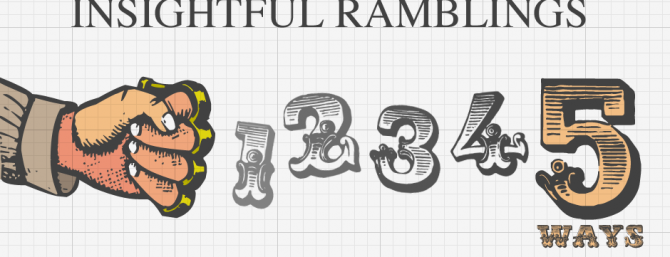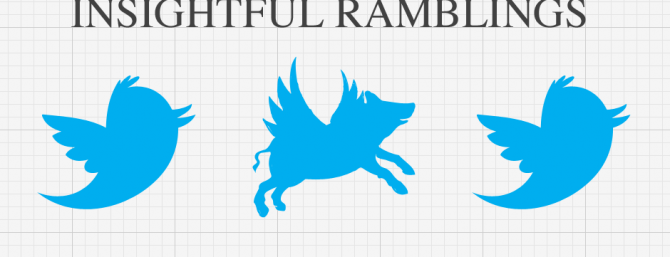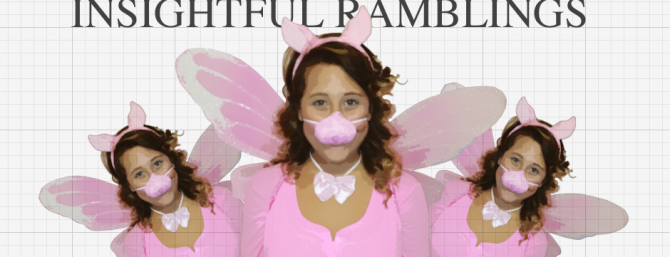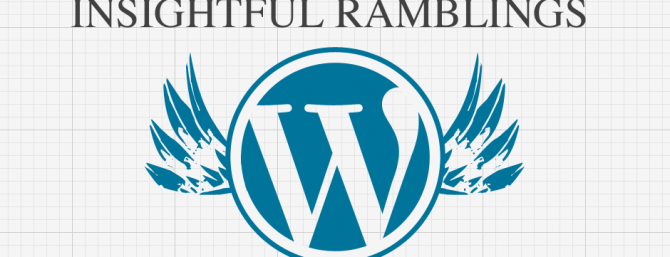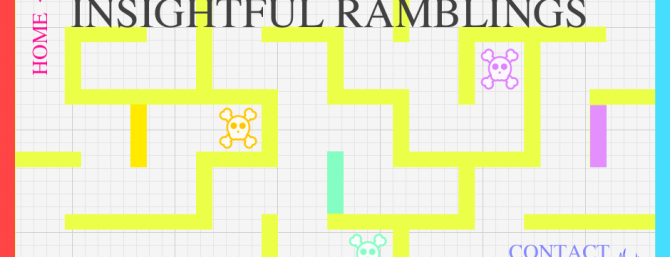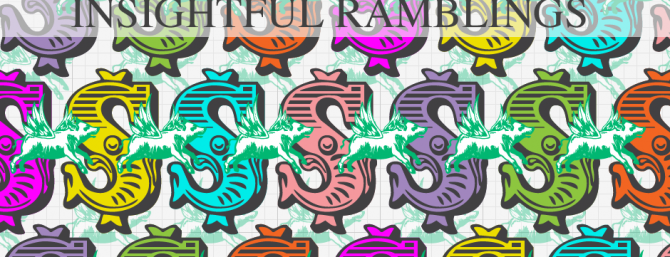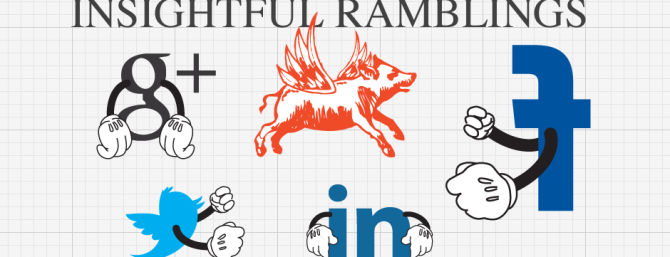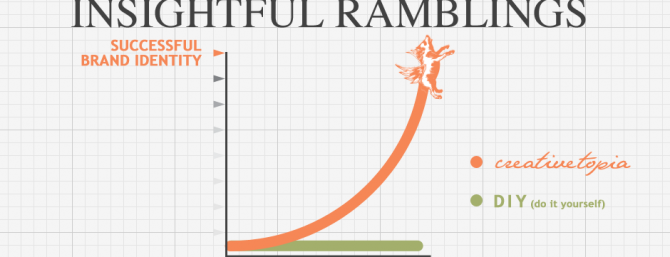620,480,777
Making your website stand out from the crowd.
What does this number mean to you?
According to Netcraft’s Web Server Survey, that’s the number of active websites as of October 2012 so for all you website owners out there, your jaw probably just dropped. While the competition for website traffic isn’t as cut throat as The Hunger Games, over half a billion is kind of a lot to be up against. You’re all competing for search rankings (heck, we are too!) and viewership but how are you going to be successful in winning over the eyes of your target audience when there are so many related websites that can easily divert their attention? It may sound like an impossible task but at Creativetopia that word does not exist so wipe that worry off your face. We firmly believe that anything can be accomplished with the right tools at hand. While we can’t give away all of our secrets we can offer advice on 5 ways to make your website stand out from the crowd.
Anticipate the Needs of Your Audience
When it comes to building a website, many businesses get it all wrong. That is, rather than considering the audience they’re aiming to gain attention from, they get stuck in their own vision. It’s important to remember that your website is more for your clients and customers than it is for you. You’re the host so just as you would do when throwing a party, take the time to think about who is likely to come to your site and who specifically you want your site to reach. Figure out what their interests and needs are and how you can cater to them in a unique way. You don’t want your guests to just have a drink and go, you want to go above and beyond in order to make an impression that they continually rave about!
Brand Yourself With An Inviting Logo
Think of your logo as your welcome sign. It’s a way for people to get an initial feel for your brand–your elevator pitch in visual form. For current clients it’s their way of recognizing you and for prospective clients it’s their first taste of what you have to offer. A professional, polished logo design shows promise. It says “hey, we’re the real deal”–and sets the expectation for the rest of your site. Think about it. More often than not if you’re digging a logo from the get go, it’s a pretty good indication that you’ll find potential in the company behind it.
Set the Stage With Good Design
A good logo sets the stage and sparks the interest of the audience but it’s the overall website design that convinces them to stick around and browse awhile. Though you may be inclined to incorporate flashy elements, the key to good website design is simplicity. For starters a well laid out site has easy-to-read typography (good looking helps too so steer clear of Comic Sans) so that your content doesn’t induce headache, a good amount of white space for a clean feel, and a complementary color scheme that helps to unify your website with your logo. Complex flash elements might sound cool in theory but they are easily distracting and can often make it next to impossible to navigate the site. So if you’re going to go for the over the top wow factor definitely limit it to the splash page of your website. After all, the content is what you want to get across to the reader and if they can’t find it then you pretty much wasted your time and theirs.
Entice Your Audience With A Compelling Message
So you’ve built the framework and won the audience over with visual appeal but it’s equally important to work it from a content standpoint. Unless you’re an artist, photographer, model or are in another visually related field your website isn’t going to serve you well by simply looking good. While good looks help, your customers want to see that you’ve got some sort of substance. To really make your website stand out from the your competition you must engage the minds of your audience. With multiple pages at your disposal, this is your chance to prove your legitimacy with content that is both informational and captivating. I’m talking crisp, concise, chest beating content without any fluff. You want to show your audience that YOU’RE the expert in your field so make a statement that sticks–one that is compelling, that encapsulates your brand personality, and most of all proves the value of your product or service.
Allow For Mobility
These days there are so many devices that have access to the internet and they keep getting more and more mobile and therefore more compact. People began ditching desktops for laptops quite some time ago but today they are increasingly turning to their tablets and smartphones to surf the net. Because your website can be viewed through an array of mediums, it has many more parameters it needs to meet in order to be user friendly for everyone. The last thing you want is for your website to look like a bunch of overlapping shapes when you pull it up on your iPhone at a conference or important lunch meeting with a client. You want to make sure that your website is clearly represented on all devices.
Keeping your website up to date with the latest and greatest can be hard. Don’t settle for second best! Instead, call on us for our website design and marketing expertise.

